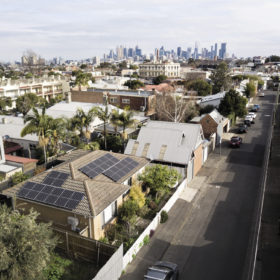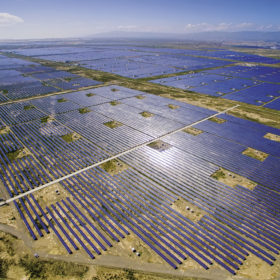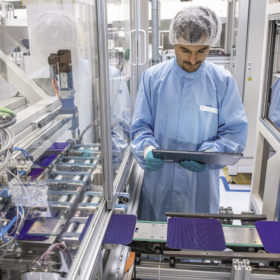The cracks are showing
Finding tiny cracks in a silicon solar cell is not that easy, particularly given that these cracks initially have little or no effect on module performance. But a number of common occurrences in a module’s lifetime can cause cracks to grow, rendering whole areas of a cell useless. And this is increasingly being recognized as one of the most significant risks to module reliability – one which the PV industry is hard at work to mitigate.
Drama and intrigue in California’s long-duration storage bill
What appears to be an innocuous and neutral bill to promote gigawatts of long-duration energy storage in California is actually alleged to be a Trojan horse for Florida utility NextEra’s pumped hydro plans. And while that long-duration energy storage drama plays out, load-serving entities are not waiting for state regulators – they are starting to procure eight-hour storage on their own.
Performance guaranteed
Guarantees and warranties may be thought to deliver peace of mind, but when underperformance on rooftop systems is detected, diagnosing and demonstrating failures is no simple task. pv magazine’s Virtual Insight on Quality event in November tackled this issue from all angles – and what it means for Australia’s burgeoning rooftop segment.
On the road with pv magazine
Where we’ve been: Energaia Forum 2019 The 14th edition of the Energaia Forum was held on De.c 11 and 12 in Montpellier, France. This year more than 215 companies from 40 countries came to exhibit and present their products and services. This marks a 33% increase over the previous edition, and attracted more than 7,500 […]
Renewable energy procurement comes to China
An growing number of companies globally have set sustainability targets to address the climate emergency. More than 700 companies are taking action to reduce their carbon footprint, write Caroline Zhu and Jiayin Song of Rocky Mountain Institute, and over 200 companies have publicly made the RE100 commitment to procure 100% of their electricity from renewable energy.
Problems in plugging in South African mobility
As Africa’s leading economy, South Africa could lead the way in the adoption of EVs on the continent. However, progress toward this development is being held up by infrastructure shortfalls, a struggling utility, and tariffs protecting local manufacturers, argues Callum McPhillips from South Africa’s Battery Experts.
New technologies mean new approaches
Measuring the performance of a solar cell is a tricky affair, and even more so for new technologies such as perovskites and tandem cells. In the laboratory, these are measured over a period of several minutes to ensure accurate characterization. But as technology continues its journey toward commercial production, ensuring an accurate power rating without slowing down the manufacturing process presents a new challenge both for suppliers of flash testing equipment and those working on bringing perovskite solar cells and tandem devices featuring them to market.
Cheaper, safer EV batteries to bolster grid
Electric vehicles can transition from liabilities to assets if steps are taken by battery manufacturers, the auto industry, and policymakers, argues Milan Rosina, a principal analyst in the power electronics and batteries division of Yole Développement.
Meyer Burger’s Made-in-Germany plans
While Germany’s coal reserves represented a home-grown energy source in decades past, it’s history of PV module making has been patchy – with a long list of failed ventures a feature. However, as plans for a coal exit begin to take shape, one technology supplier is looking to build a new era of high-efficiency crystalline silicon PV production.
Award inverters
After last month’s edition saw a range of inverter entries from the first window designed for the residential market, the second batch of the same window will showcase entries designed for large C&I and utility-scale applications. The residential inverters were packed with functions and battery integration features to improve on self-consumption or simply to boost the system safety. This development trend is not confined to the residential market, as these award applications demonstrate.










